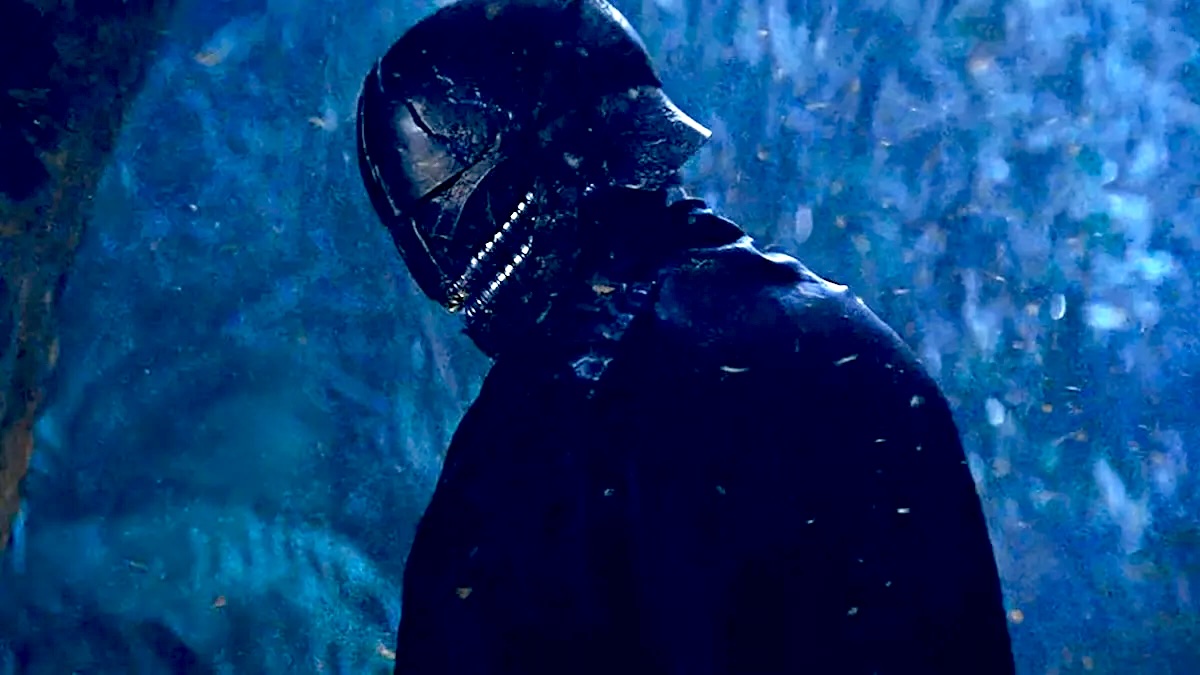‘The Acolyte’ Just Brought a Game-Changing Weapon to Live Action for the First Time

The Acolyte continues its deep dive into Star Wars lore in episode 5, “Night,” as it brings the rare and game-changing metal cortosis to live action for the first time.
The latest episode of The Acolyte has been hailed as one of the most brutal and darkest Star Wars TV episodes yet, with some of the best lightsaber dual scenes since Revenge of the Sith. “Night” sees the Jedi, Osha (Amandla Stenberg), and Mae come face-to-face with Mae’s mysterious Sith master. Unfortunately, it becomes clear early on that the Jedi are no match for this brutal enemy. The master easily kills off most of the Jedi companions before turning his attention to Sol (Lee Jung-jae), Jedi Knight Yord (Charlie Barnett), and Padawan Jecki (Dafne Keen). Although they are all adept fighters, the Sith has an unusual advantage.
At the most critical points in the battle, the Jedis’ lightsabers suddenly short circuit. It then takes several moments for the lightsaber blades to reactivate. Given how often it happens, viewers were likely wondering how he pulled off the trick.
The Acolyte brings cortosis to live-action
The Sith Master is able to short-circuit the lightsabers in The Acolyte because he utilizes cortosis, a very rare metal in the Star Wars universe with unique properties. It appears the Sith Master had cortosis in his smiley-face helmet, as well as his gauntlet, which is why he continued to short-circuit the sabers even after he was de-masked.
Cortosis has origins in Star Wars Legends. It first appeared in Michael A. Stackpole’s I, Jedi, which was published in 1998. However, in an interview with /Film, Stackpole credited prolific Star Wars writer Timothy Zahn with creating the metal. When Stackpole was writing I, Jedi, Zahn was also writing his Thrawn novels, so the two frequently discussed their projects. Zahn soon invented cortosis for his stories but allowed Stackpole to utilize the concept, too. As a result, it ended up appearing in I, Jedi first, although it was Zahn’s creation.
Eventually, Zahn would utilize the metal in Thrawn: Alliances, which is considered part of the official Star Wars canon. In the book, cortosis mines are discovered on the planet Mokivj. During the Clone Wars, the Confederacy of Independent Systems recognized how devastating the metal was to Jedi due to its high energy absorption rate, allowing it to temporarily short-circuit lightsabers. Hence, they formulated a plan to utilize the metal in a batch of battle droids and clone trooper armor to devastate the Galactic Republic. Fortunately, Anakin Skywalker, Padmé Amidala, and Thrawn discovered the plan and put a stop to it.
The metal has also appeared in A New Dawn by John Jackson Miller and in the comic strip “The Wrong Crowd,” which confirmed the metal can also be found on the planet Dinzo and was sometimes used to make cortosis-weave armor or even cortosis-weave skin grafts.
What does cortosis actually do?
As mentioned above, cortosis’ most beneficial property is its energy absorption rate, which gives it the unique ability to short-circuit lightsabers temporarily. It can also redirect the heat of explosions, as Anakin learned when he tried to destroy the mines of Mokivj. Instead of destroying the mines, the blast was redirected to the planet’s surface. So, it’s nearly impossible to get rid of this potentially devastating weapon.
There’s also a common misconception that cortosis is strong. The metal, in itself, is actually very brittle and can be cut through with a lightsaber. Hence, users often had to refine it before it could be used effectively as armor.
Sometimes fans compare cortosis to another rare Star Wars metal: beskar. However, beskar is known for its strength and durability, which makes it nearly unbreakable; cortosis is known for its energy absorption but not strength. Still, both are extremely rare and can be utilized against lightsabers. Introducing cortosis into the live-action Star Wars universe is quite the game-changer, especially as viewers saw with their own eyes just how deadly the metal can be to Jedi.
Have a tip we should know? [email protected]